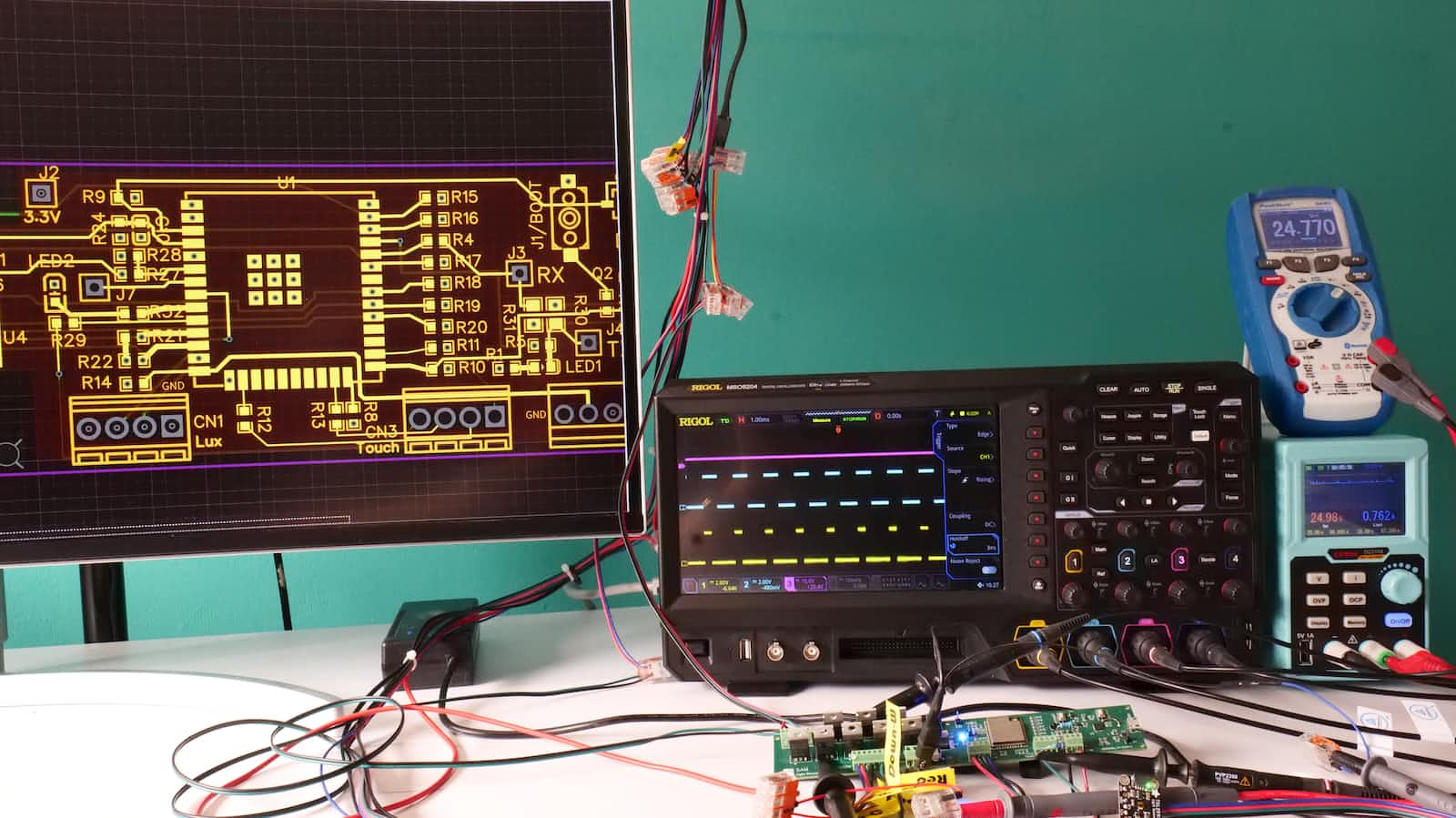Tips for working with interrupts in embedded systems
 Matt Neighbour
Matt Neighbour
Interrupts are a common feature of embedded systems, allowing the processor to temporarily halt its current task and execute a specific routine in response to an external event. Interrupts can be triggered by a variety of sources, such as a timer, a button press, or a sensor reading. Working with interrupts can be challenging, as they can impact the performance and reliability of the system if not implemented correctly. Here are some tips for working with interrupts in embedded systems:
Use interrupts sparingly: Interrupts can significantly impact the performance of the system, as they cause the processor to constantly switch between tasks. Therefore, it is important to use interrupts only when necessary and to minimize their frequency.
Prioritize interrupts: Some interrupts may be more important than others, and it is important to prioritize them accordingly. For example, a critical safety-related interrupt should take precedence over a non-critical task.
Use efficient interrupt handlers: Interrupt handlers should be designed to execute quickly and minimize the amount of processing they perform. If an interrupt handler takes a long time to execute, it can delay the execution of other interrupts and impact the overall performance of the system.
Avoid using blocking functions in interrupt handlers: Functions that block, such as delay() or while loops, should be avoided in interrupt handlers as they can prevent the processor from responding to other interrupts.
Test and debug interrupts thoroughly: It is important to thoroughly test and debug interrupts to ensure that they are working as intended and not causing any issues. This may involve using a debugger or other testing tools to step through the code and identify any problems.
Overall, working with interrupts in embedded systems requires careful planning and attention to detail. By following these tips and best practices, developers can ensure that their interrupts are implemented efficiently and do not negatively impact the performance and reliability of the system.
Subscribe to my newsletter
Read articles from Matt Neighbour directly inside your inbox. Subscribe to the newsletter, and don't miss out.
Written by

